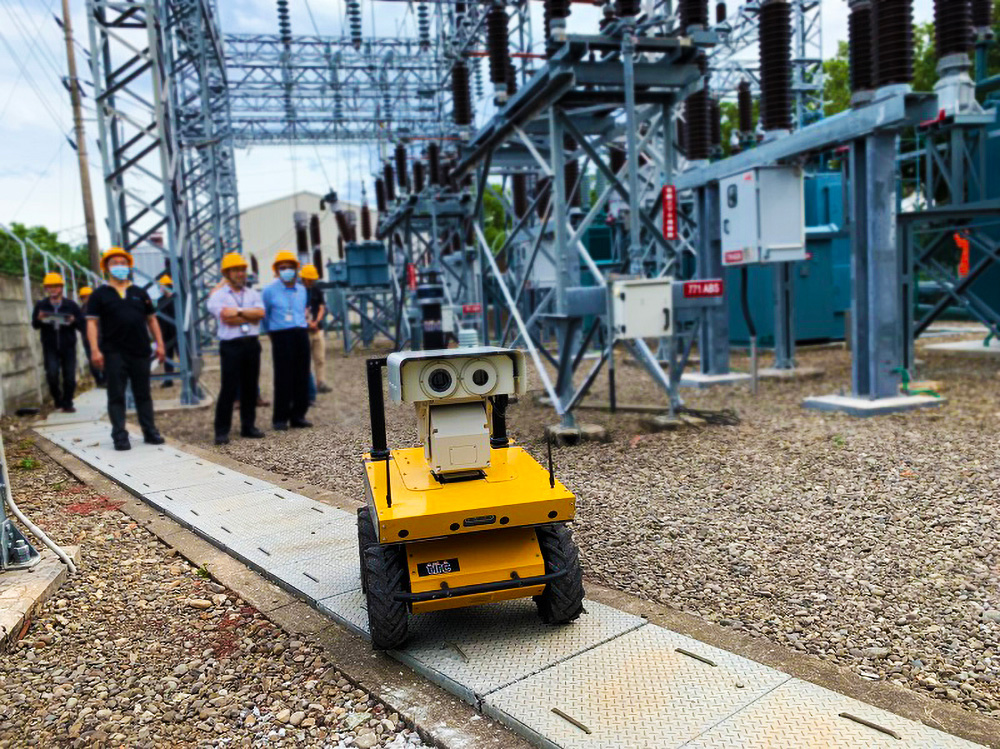A tragic accident occurred on February 25, 2025 that drew attention to construction safety issues in South Korea. The superstructure of a bridge under construction on the Sejong-Anseong Expressway collapsed, resulting in four casualties and several other injuries. This tragedy occurred when the subcontractors did not follow the construction manual properly and removed jackscrews for their own convenience. With South Korea’s population both shrinking and aging, it is difficult to employ enough supervisors who would oversee and manage the construction sites and time-worn infrastructures. This challenge naturally leads to an adoption of robotics technology in civil engineering and infrastructure management, making robots examine potential hazards and perform dangerous tasks automatically.
Robots can assist human workers in various areas like construction, inspection, and monitoring of urban infrastructures. In bridges and tunnels, drones can inspect decks, cables, and linings. For instance, New Hampshire Department of Transportation (NHDOT) tested drones for bridge beam inspections and found they were effective in detecting cracks and corrosion. In water supply and sewer systems, in-pipe crawlers can transmit videos on the spot to detect cracks or leaks. For example, Seoul Waterworks Authority uses robotic crawlers to monitor underground water pipelines for leaks and corrosion without excavation. For the energy infrastructures, transmission-line robots can traverse overhead cables to inspect and clean them, while underground robots can monitor pipelines for structural damage. Automated robots also perform road maintenance by identifying and sealing cracks in asphalt and by drawing road marks precisely. Real-life example would be the modular robot for pavement crack filling built by Robotics Design Inc. of Canada, designed to operate in environments too dangerous for workers, such as highways with busy traffic.
Widespread use of robots in urban infrastructure helps increase human safety by minimizing human exposure to hazardous environments. Moreover, the robots enhance work efficiency as they perform monotonous, repetitive tasks that could have resulted in carelessness of human workers. Despite the robot’s astonishing technological capabilities, some argue that robots are replacing humans, causing job displacement. However, this isn’t always the case. These robots are best utilized when guided and deployed by human needs. Robotics technology is still in its process of development, and it is ultimately the human’s role to decide when, how, and what technologies will be used for specific infrastructure tasks. Robots serve to augment engineers and facilitate smooth working of the city by providing safer and effective tools. So hold your concerns and join in welcoming the new era of robotics.




